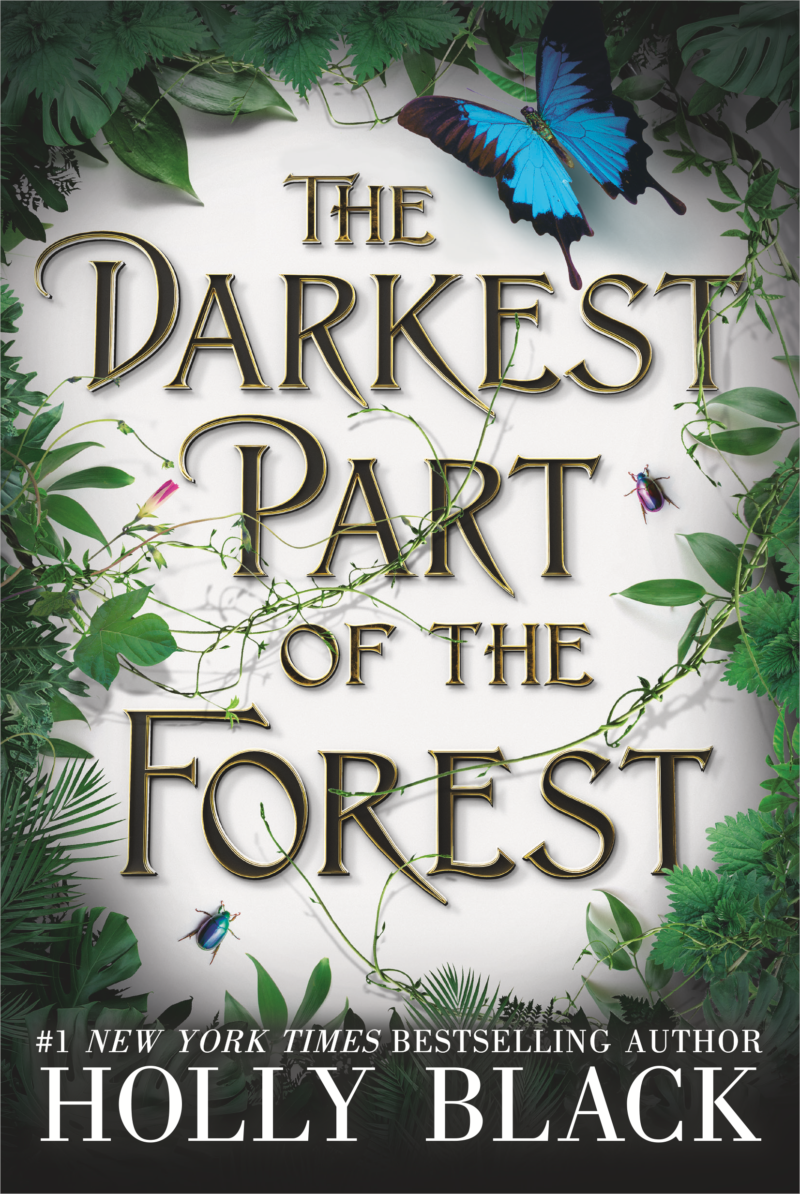
Analogies are often used (again, with references to bones or nature). As with literature, woods & similar themes are common. Guitars & relatives are common, coupled with nebulous lyrics (though lyrics themselves are not necessary).


Colours to include are those from the clothing style, though white is more present to give harmony to the walls and ceilings. While a forestpunk living space itself is ideally a treehouse, this is not necessary, and an earthy vibe can be achieved with the correct placement and styling of furniture and other trinkets. Light pendants are optional, and can be substituted with round, solid-color earrings (usually black). Some items to base a wardrobe are:įur clothing is not unheard of, but because of the importance of being in harmony with nature, faux-furs are the preferred option. The last three are of particular importance, as environmental preservation and restoration are two of the original reasons for the creation of the term 'forestpunk.'ĭark greens, browns, and (some) light blues are quintessential to the clothing style associated with this aesthetic, with baggier clothing items being a suggestion but not a must. Gardening for fruits, veggies, fungi and condiments.Like with Cottagecore, there is a certain set of lifestyle aspects that go hand-in-hand with the aesthetics, such as: There is some overlap with Cryptidcore due to the more feral nature of the aesthetic, Mosscore for obvious reasons, and Goblincore due to the recollection of mosses, rocks, and plants used for decoration (in non-harmful ways to the environment) being a widespread practice. Goals are not only flexible, but each person makes their own based on acting feral and surviving in the wild. Or, an apartment with solar panels with plants dotting the walls, rocks & buttermoths moving around, buying locally & dressed in greens & light browns. While the examples mentioned earlier are good guides, take a look at the image on the right for more modern inspiration.įor example, a cabin in the middle of the woods, surrounded by vines & trees, living off rainwater & produce, feeding toads & deer while collecting their bones for decoration. (Examples include the Nordic, Uralic, Roma, Celtic, Siberian, Austronesian, Subsaharan, Aborigine, and Native American peoples.) Īs long as there's a forest element to it, you've spotted a good inspiration, be it clothing or farming. Where Cottagecore is derived from a romanticization of a European rural lifestyle, forestpunk-like styles have and still are present in several cultures around the world. However, forestpunk is less restrictive of technology, particularly solar-powered items.įorestpunk also diverges from other related aesthetics in its inspiration & timeframe.

It is similar to cottagecore in its high regard for nature and mutual support. Forestpunk is an aesthetic that is in the naturecore family.


 0 kommentar(er)
0 kommentar(er)
